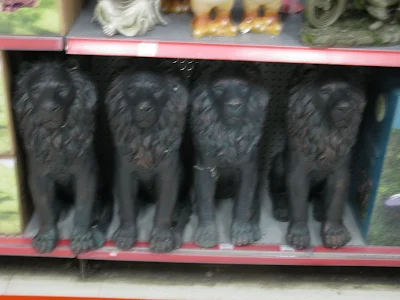I arrive at Oxford Avenue
where I grew up;
at the front door
a man’s corpse
sits in an upright position,
as though he had died
in the midst of pausing
to think or remember something.
We come and go all day
and I worry about a neighbour
discovering the corpse,
there are already flies
circling around his head
and I need to do other things
than worry about his being discovered.
Later, a sheet is placed
over the corpse, as one would cover a sofa
or armchair for the summer months
when away in the country,
or how I remember
the furniture in Grandmother’s
living room, a white sheet
on the maroon couch.
We come and go all day
but he remains at the door,
a sentinel or sleeping guard
to remind me of something I’ve forgotten.
I worry about the smell,
the flies, the signs of decomposition,
and the police arriving.
When I return that evening
he is gone and I am relieved:
but who was this corpse?
Could he have been Father,
or someone I have forgotten
or never knew, the white sheet
a shroud, like a body
found in the frozen north,
preserved by the cold,
lips pulled back, grinning
yellow wolf’s teeth.
.JPG)























.JPG)










.JPG)


